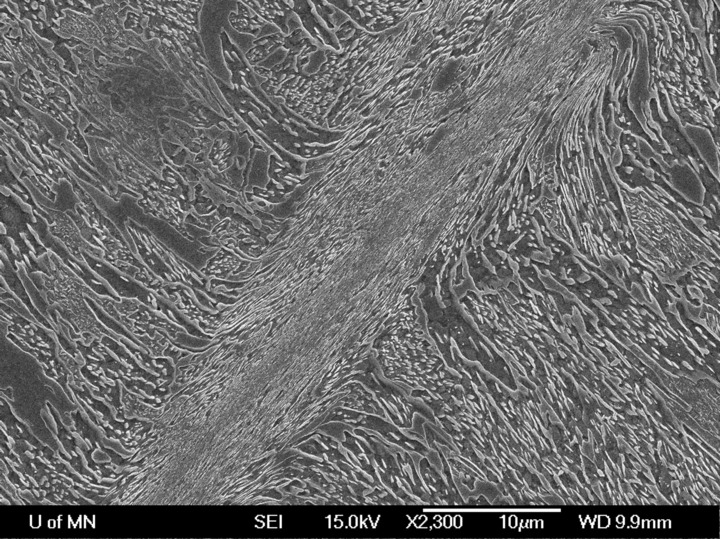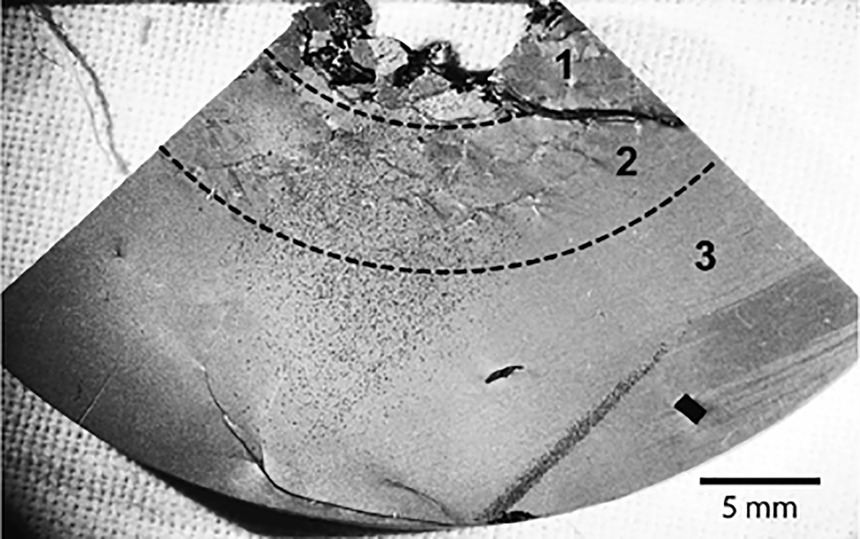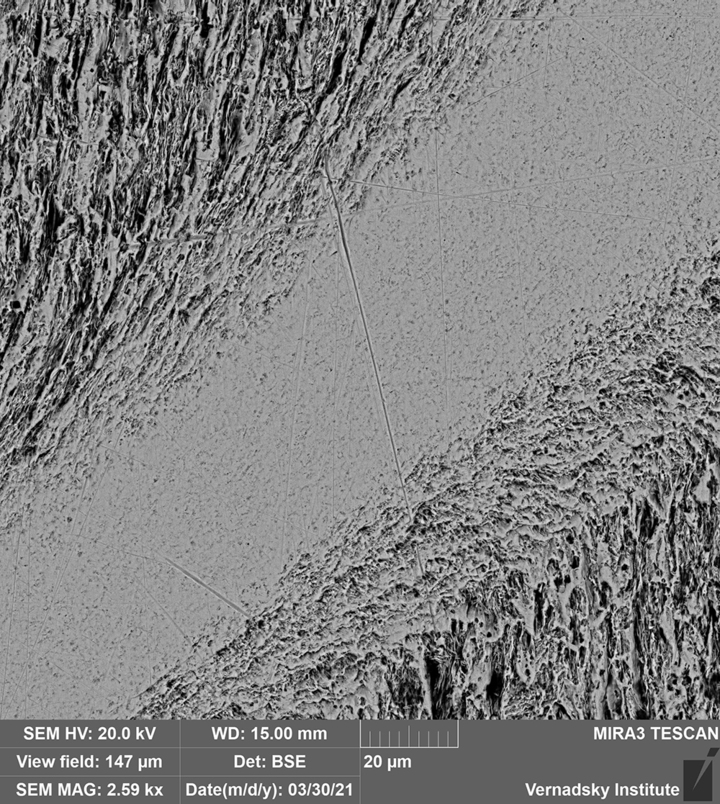Russian scientists simulated the effect of space flight on a meteorite
[ad_1]
The celestial body, from a fragment of which the Buddha statue was made, was again subjected to unearthly tests in the laboratory
The Chinge iron meteorite, which, according to one version, fell to Earth about 15 thousand years ago, was again forced to “fly” through the “solar system” by Russian scientists from the Institute of Geochemistry and Analytical Chemistry named after. V.I. Vernadsky RAS with colleagues from Snezhinsk. They conducted an impact-explosive experiment, recreating possible collisions that the celestial body experienced before falling on our planet. In fact, for the first time, scientists have assessed the extent of impact changes in an ancient meteorite. One of the authors of the work, Doctor of Physical and Mathematical Sciences Natalya Bezaeva, told MK about how the experiment took place.
The story goes that Chinge, an iron ataxite meteorite (the rarest type of iron meteorite) weighing 250 kilograms, was found on the Urgailyk-Chinge River, on the territory of the modern Republic of Tyva in 1912. Since then, more than a hundred fragments of this meteorite with a total mass of 184 kilograms have been collected, some reaching tens of centimeters in size. It was from this meteorite that the “Iron Man” statue of Buddha-Vaishravan, weighing about 10 kilograms, was made at one time.
Iron meteorites coming to us from the asteroid belt are their fragments. Colliding with other bodies during travel, experiencing strong impacts and associated high-temperature effects, asteroid fragments change their structure and properties. By studying this metamorphism, scientists are essentially studying the prehistory of the evolution of solid matter in our solar system.

GEOKHI went further – they decided to simulate cosmic collisions and changes in the physicochemical properties of meteorite iron on a small fragment of the Chinge meteorite available in the GEOKHI collection.
“A ball with a diameter of 57 millimeters was made, which was exposed to a shock wave converging towards the center,” explains Natalya Bezaeva, leading researcher at the Laboratory of Meteoritics and Cosmochemistry, Deputy Director of the Geochemical Institute of the Russian Academy of Sciences.
– How did you recreate cosmic velocities and impacts on Earth?
– Colleagues from the Russian Federal Nuclear Center VNIITF in Snezhinsk helped us recreate tests that bordered on space tests. They placed the spherical sample in a sealed case in which a vacuum was created. Then the hermetic cover was lined with explosives on all sides and detonated. In this way, a shock wave was generated, converging from all points of the ball towards the center. Having reached a maximum in the center, it also began to diverge symmetrically towards the periphery. And when our colleagues returned our sample, we discovered that it had formed a cavity with a torn edge. This happened due to the special geometry of the shock waves. It turns out that we gave them a whole ball, and returned to us a ball with a hole (the interlocutor smiles). In addition, the sphere diverged slightly in diameter.

– But in space, a fragment of an asteroid probably could not be subject to such a symmetrical impact… There, the impact occurs from one side and hits one side of the asteroid’s surface.
– This is true. But in laboratory conditions we could not otherwise obtain the maximum temperatures and pressures during an impact that can only occur in outer space. High-speed collisions between solid bodies in the Solar System generate pressures and temperatures of more than 100 gigapascals and thousands of degrees Celsius.
– What did you do next with the balloon that exploded from the inside?
“We cut this sphere in half and sawed off a thin layer of material (several millimeters) from one of the parts for study.
It turned out, firstly, that during its journey to us the meteorite reset its magnetic memory – it lost information about the magnetic fields of its parent body. This happened due to the fact that initially its composition was magnetically soft.

The second conclusion turned out to be much more interesting. Prior to our study, the degree of impact changes in Chinge was unknown to anyone. It was difficult to understand this, since its composition is outwardly very homogeneous, does not have a clear structure in the form of grains, like other meteorites. We studied its impact metamorphism, which turned out to be quite moderate in the natural material. But in a laboratory experiment, for the first time for an iron meteorite, we reproduced the so-called slip bands – an artificially obtained marker of an experienced collision. These are material defects that occur when one of its layers is shifted relative to another (a characteristic marker of impact changes in iron meteorites). There were no such bands in the Chinge control sample. They appeared only in the sample we struck.
Before us, scientists observed slip bands only in natural samples of iron meteorites, but did not know at what pressure they were formed. In our work, we were able to fix this pressure – it turned out to be above 30 gigapascals. The absence of such stripes in the natural specimen of Chinge suggests that in space he did not experience impacts of such force.
The third result that we have obtained concerns the temperature estimate of the temperature of the Chinge impact metamorphism. Having examined its composition, we came to the conclusion that in natural conditions it did not heat up above 550 degrees Celsius. This again only happened in our experiment.
– By what marker did you understand this?
– As part of a natural fragment, we found the mineral tetrataenite, an alloy of iron and nickel. This mineral is disordered and turns into taenite at 550 degrees Celsius. If the natural sample had been heated higher, tetrataenite could not have been there. It was under such conditions that the Chinge experimental sample fell in Snezhinsk – after an explosion in the center of the ball, where the temperature reached almost several thousand degrees Celsius, all tetrataenite turned into taenite.
Thus, we actually assessed the degree of Chinge impact metamorphism for the first time, and also for the first time obtained artificially created slip bands in the structure of an iron meteorite, which will allow us in the future to better understand the conditions for the formation and change of celestial bodies.
[ad_2]
Source link








